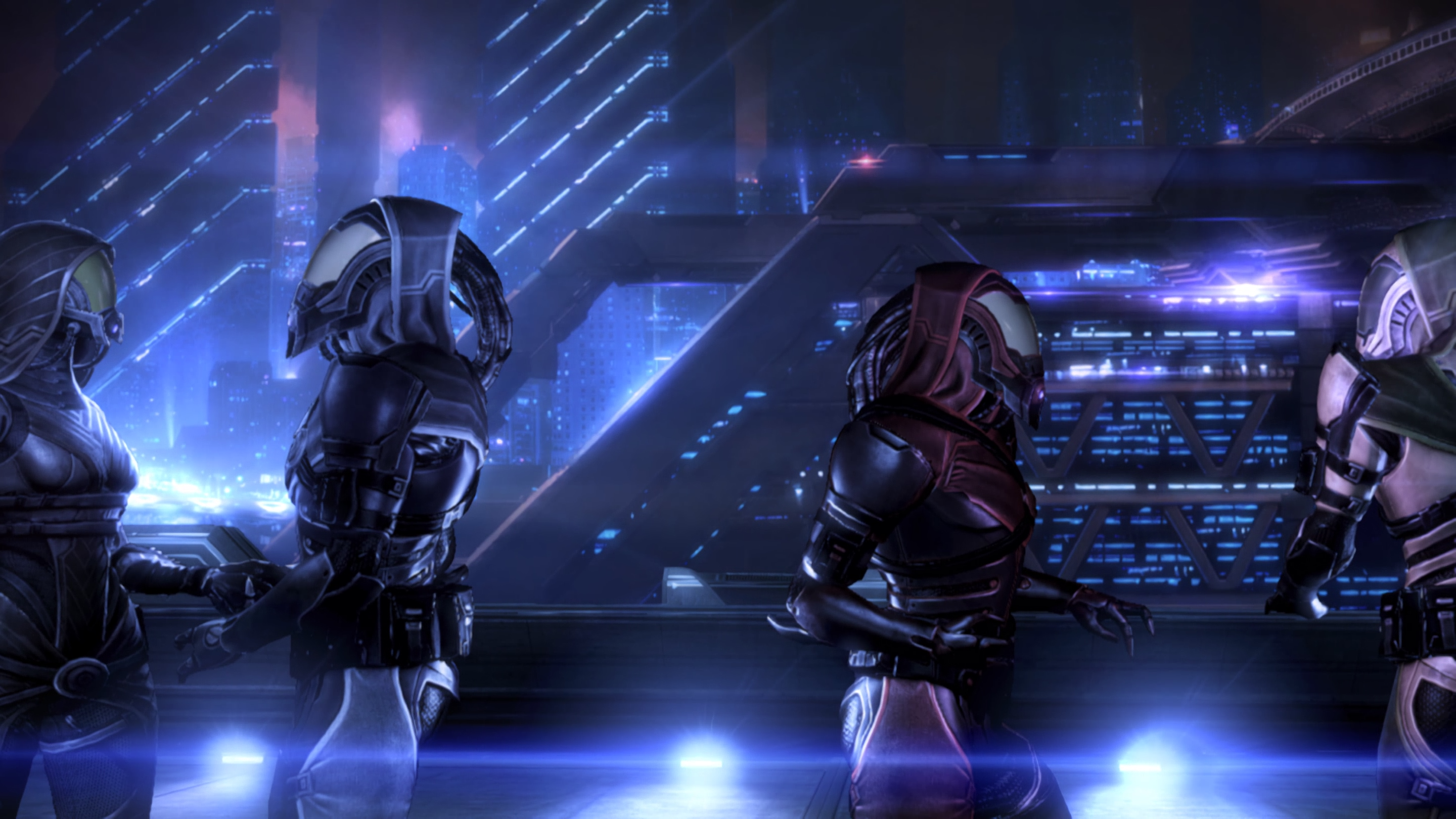A useful concept in designing a
campaign is to think of the “default adventure.” This is
simply what the characters are expected to do...The GM can use
default adventures to play up different aspects of the game and the
setting. – GURPS Space page 208, the Default Adventure
What sort of setting are you trying to build?
This should be your
first
question, but it often isn’t. Many people start by saying
something like “I’m building a TL 10 setting and...”
but this doesn’t tell us anything. TL 10 can be anything from
advanced cyberpunk spy-thriller to conspiratorial supers to
anti-alien warfare ala X-Com to full-on space opera. You need to
know, first, what your game is about.
While there’s no
such thing as “generic fantasy,” the fantasy genre does
benefit from the dominance of Tolkien-esque D&D-inspired
knock-offs so you can say “I’m running a fantasy game
and...” and most people have a rough idea of what you’re
doing, sci-fi absolutely does not have the benefit of this. Even if
you refine it to something like “Cyberpunk” or “space
opera,” it can still mean any number of things; after all, both
Star Wars and Star Trek are in the “space opera” genre,
yet are very dissimilar in just about every aspect. Tech level will
vary, available technology will vary, and what the players will do
will vary.
So the first
thing we need to do is to come up with at least a sentence to
describe what the game is like. You can borrow from existing tropes,
but keep it short; think of it like an elevator pitch. It should, in
the very least, invoke some of the technologies one might expect, not
explicitly, but implicitly. Additionally, or supplementing this, you
should think about what players do,
the “Core activity” of the game.
A “core
activity” of a role-playing game is anything that the mechanics
and gameplay focuses on most intently. When players are “making
choices” in gameplay, these tend to circle around core
activities, and when people talk about “game balance,”
they mean the balance of
strategies around the core
activity. You can think of it as “what the players generally
do.” The most common example of this is Dungeon Fantasy’s
“Killing monsters and taking their stuff.” Players will
focus most of their character builds on going into dungeons, killing
a wide variety of monsters with varied tactics, and then setting
about acquiring their loot (while avoiding traps). They do not spend
much time, for example, worrying about if their characters will
arrange the right marriage necessary to secure a treaty between two
factions, or who murdered
Old Man Jenkins. These aren’t the core activities of Dungeon
Fantasy; you could
make them the focus of your
game, but arguably you’d be playing in a different genre. Game
of Thrones-inspired fantasy games, for example, care very much about
arranging marriages and securing treaties between rival factions,
while Monster Hunter games or Mystery-Solving games care very much
about murder mysteries. These also tend to have far more mechanics
focused on them: a princess with high status, very good looks,
Empathy, Psychology and high levels of poise but absolutely no combat
skills to speak of makes for an absolutely worthless dungeon fantasy
character, but an excellent game-of-thrones character.
This matters
because your technology should serve your settings’ goals. A
cyberpunk game may need cybernetics (or some form transhuman
augmentation), information technology and a bad attitude, but
additionally, its core activities will shape it too. If the game is
mostly about being part of a resistance cell that fights an
oppressive government, then combat may be your core focus, and you’ll
need to have plenty of interesting guns to choose from. If your core
focus is on running a game where hackers can dig into the dark net to
ferret out the insidious plots of the evil megacorp, then computers,
security and software need far more focus. What they don’t
need, you shouldn’t waste much time or effort on; for example,
if your cyberpunk game has robots as background characters, then you
shouldn’t spend much time on robots, nor draw undo attention to
them.
By creating a
concept and a core activity, we focus down on just
what we need and, critically, no more. It’s our starting
point, our spring-board for building the rest of the technological
framework.
Some examples might
include:
-
Genetically
enhanced super-soldiers on an interstellar crusade to clear out
alien races and make way for humanity to colonize the stars. Core
activity: fighting aliens.
-
A new model of
high-intelligence android has been created to work with law
enforcement, always an android with a human officer; however, this
same technology may lie behind a series of terrorist crimes as the
robot revolution may have already begun, and its up to the player
characters to stop it (but which side will the androids choose).
Core Activities: solving crimes, unraveling conspiracies, fighting
criminals/terrorists
-
The space
cruiser’s continuing mission is to seek out new worlds and new
alien species and investigate them, then bring home the data, while
fending off the encroaching Alien Empire who seeks to seize these
worlds before the heroic Space Alliance does. Core Activities:
exploring new worlds, solving “science” mysteries, and
fighting other spaceships.
-
The heroes awake
from cryo-sleep to find that the solar system has gone silent, and
their ship has been damaged. They must repair their ship, and then
navigate back towards Earth, picking up supplies where they can, to
find out what’s happened to humanity and, perhaps, to see if
they can find any other survivors. Core Activities: Scavenging,
survival, the logistics of space travel.





